These five murder cases in London from the year 2011 remain unsolved. Can you help? Call Crimestoppers on 0800 555 111.
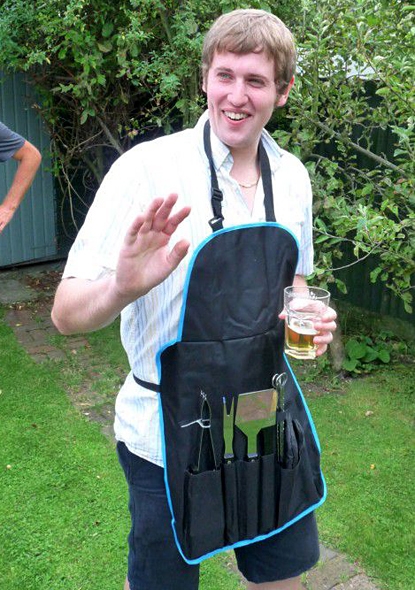
Samuel Guidera 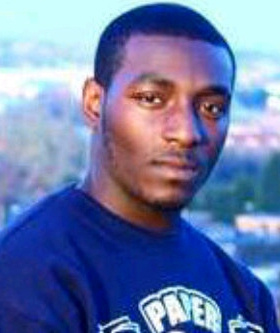
Adeniyi Lateef Shode 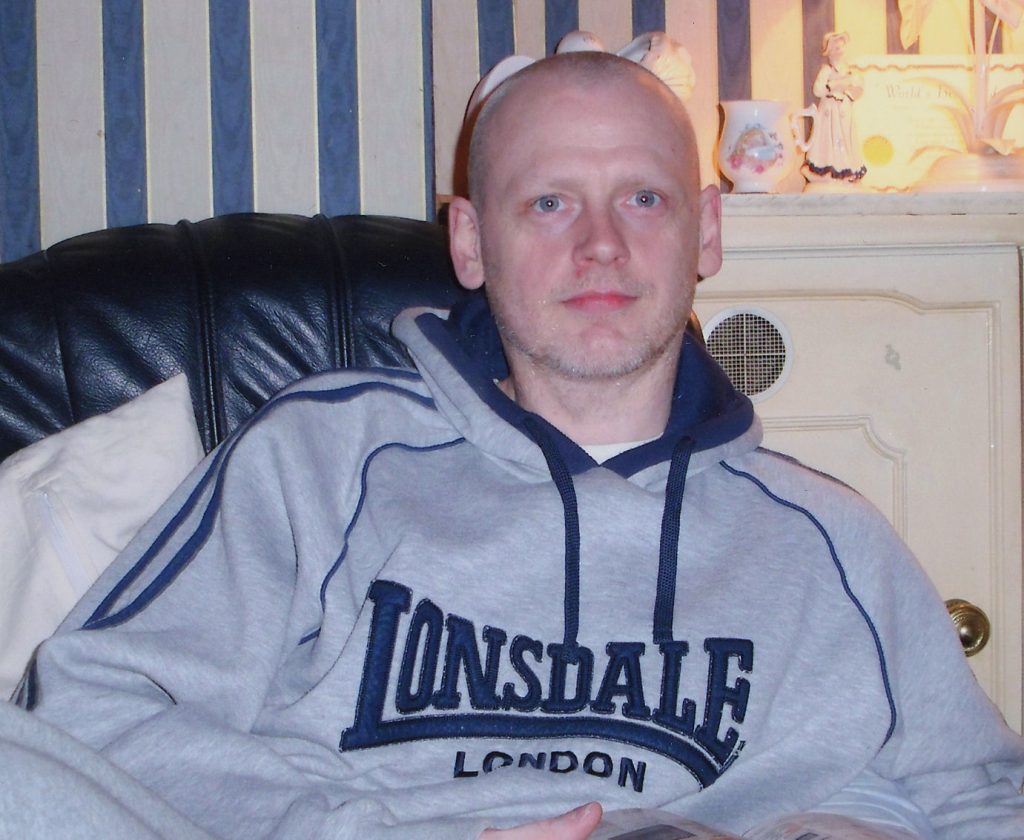
Wayne Stockdale 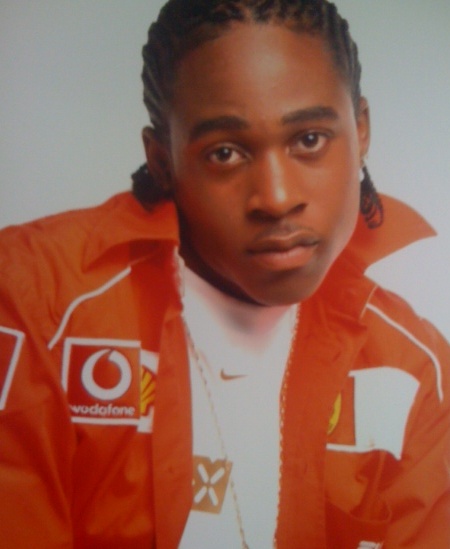
Trevor Ellis 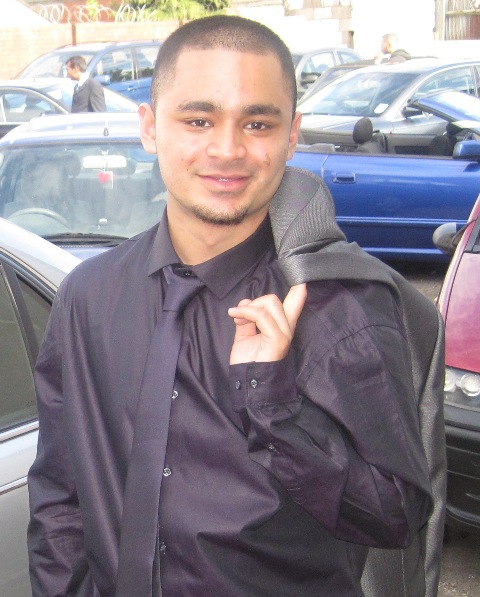
Ronnie Khan
Samuel Guidera, a 24-year-old university student, was stabbed to death in a suspected robbery in Sydenham, southeast London, on 12 February 2011. He had spent the afternoon watching football with friends before getting the 9.17pm train from Bickley to Penge East to see his girlfriend. He arrived at the station just after 9.30pm, crossed over the footbridge towards Newlands Park and entered a convenience store. Samuel, who was carrying a pink T-mobile carrier bag, was last seen at the bus stop opposite Bailey Place at about 9.38pm. Ten minutes later at 9.48pm his phone was used to dial 0740 4776433, a Lyca pay as you go number which was not connected to Samuel or anyone he knew and has never been activated. Seconds later the phone was used to dial 9999 and the call did not connect. At 9.55pm Samuel was found lying injured at the junction with Bailey Place. His wallet had been stolen. He was taken to hospital but was pronounced dead an hour later. A postmortem found he suffered a single stab wound to the heart.
In later police appeals, detectives said they were working on the theory that Samuel’s killer or killers may have got his attention on the pretext they wanted to use his mobile telephone. DCI Chris Jones said: “I believe the answer to this murder lies locally in and around the Penge area. I would appeal to anyone who knows anything about the incident to contact us. Someone out there has information which can help us to identify Samuel’s attackers and I would appeal to them to contact the police.”
From the moment Samuel was murdered, we as his parents started a life sentence from which we will never be released. We still feel a sense of anger and all we can do is continue to cope with each day as it comes, with the help of medication, family, friends, whatever it takes. We just want somebody out there who knows something that could help in the apprehending of the killers to come forward so they do not have the opportunity to take another person’s life and destroy another family. It could be somebody reading this who gets the call about the savage death of a loved one next. So please look at your son, brother, uncle, think how you would miss them and if you know anything come forward – don’t let the cowards who took my son’s life kill again.”
Statement by Samuel’s parents Chris and Sarah Guidera
Four people were arrested during the investigation but nobody has ever been charged. Contact detectives on 020 8345 3734.
Adeniyi Lateef Shode, 21, was stabbed to death in Ealing Road, Northolt, on 2 May 2011. He was found injured close to the junction of Rowdell Road, Ealing Road and Kensington Road at around 9.10pm. Adeniyi, known as Ade or Enda, of Whitchurch Avenue, Edgware, was taken to hospital but was pronounced dead an hour later at 10.12pm. Detectives believe that Ade was attacked by someone he knew. DI Andy Manning said: “Ade Shode was a young man who was murdered in the prime of his life. We still strongly believe that Ade knew his attacker and that he was murdered due to a previous disagreement between him and the killer. I am appealing to anyone who has any information about this senseless killing to come forward and give information to police. It may be that as time has passed someone may now feel able to help police bring someone to justice for this brutal killing.”
All our family thinks about Ade every day. We remember his laugh and smile and he always remains in our thoughts. It still hurts us to think that whoever killed Ade is still out there and we pray that it doesn’t happen to anyone else’s family. I’d ask anyone who may be able to help us to speak to the police. If you are not happy talking to the police then please tell someone and get them to pass the information on. What is important is that the police can track down whoever took my son from us.
Antonia Frances, Ade Shode’s mother
Eight people were arrested during the investigation but nobody has ever been charged. Contact the Incident Room on 020 8358 0300.
Wayne Stockdale, 42, was shot in Bromley-by-Bow, east London, on 6 May 2011. He was found with a bullet wound to the head in an underpass at a block of flats in Rounton Road near the junction with Knapp Road at around 10.20pm. Mr Stockdale, from Poplar, died four days later at 12.50pm on Tuesday 10 May. Detectives said he may have been targeted in a case of mistaken identity. They believe two men armed with handguns opened fire as the victim rode his bicycle down Rounton Road. The suspects, described as black or Asian and wearing face coverings, then fired a series of shots at a group outside a parade of shops in Devons Road before returning to Knapp Road to flee the scene by car. Renewing appeals for information in 2015, DI Peter Hine said: “We have always maintained that Wayne was not the intended target for this incident, which saw shots fired both at him and into the street. We are urging those who have remained silent all these years, to think about Wayne’s family and re-examine their consciences and help bring Wayne’s killers before a court.” Five men were arrested during the investigation but nobody has ever been charged.
Wayne left behind a loving partner, 3 children and a grandson. He was also a loving son, brother and uncle. Wayne’s murderers are still at large and continue to live their lives normally unaware and uncaring of the devastation they have caused to all of our family. We all as a family urge anyone out there that has any information no matter how small to please come forward and help us give Wayne the justice he so deserves
Wayne’s sister Jacqueline Stockdale
Anyone with any information can contact detectives, in confidence, on 020 8785 8267.
Trevor Ellis, a 26-year-old father-of-four, was shot dead during the 2011 London Riots. He was attacked by a gang of nine looters after a car chase in Croydon, south London, on Monday, 8 August 2011. Mr Ellis, from Brixton Hill, was found with a gunshot wound to the head in a dark-coloured hatchback at the junction of Duppas Hill Road and Warrington Road at around 9.20pm. He died in hospital the following day. Detectives appealed for anyone who captured footage of the killers looting during the riots in Croydon before they headed to Scarbrook Road. Fourteen men were arrested during the inquiry but nobody has ever been charged.
Trevor’s murder was even harder because this all happened when all the rioting was going on, the murderer made my son’s life insignificant. His life has not been portrayed as important as the building and material things, things that in time to come can be replaced. Some people have said that it serves him right for being out there, if only he had said no to his friends for picking him up and diverting him from his way home. But no matter where he was that does not give anyone the right to take his life. For many he is only just another black man taken off the streets. Thanks to the murderers there’s no need for racist killings, because we are killing ourselves and all they have to do is sit back and watch us kill each other. How can you live with yourselves knowing that you have killed someone, taking a life that’s not yours to take? WHY? I know on that awful night of my son’s murder it was witnessed by three car loads of people. What are you all doing by keeping your mouths shut? You are all no better than the murderers; he could have been your family member. You have destroyed many lives, taking him away from his children, family and everyone who loved him. I wish to appeal to anyone who was there on that night, who might have seen something before, during or after Trevor’s murder to please come forward and help take these people off the streets.
Trevor’s mother Joy Sanderson, in 2014
Contact the incident room on 0208 721 4005.
Azezur ‘Ronnie’ Khan, 21, was shot dead after leaving the funeral of a childhood friend in East Dulwich, south London, on 3 November 2011. Azezur, who was known as Ronnie by friends and family, was walking along Forest Hill Road near the junction of Rockells Place at around 3pm when he was caught in an exchange of gunfire. He was hit several times and died at the scene from a gunshot wound to his stomach. A 17 year-old man was also hit in the ankle. Detectives believe Ronnie was an innocent bystander. In 2013 DCI Graeme Gwyn said: “Despite extensive investigations we still cannot be certain of the motive behind the shooting that day, but I am confident that Ronnie was not the intended victim. We know that people’s allegiances shift over time and now that two years have passed I need people to come forward.” Police appealed for witnesses to come forward, including at least 50 people who were following the funeral cortege of 17 year-old Joel Morgan to Camberwell Old Cemetery in Forest Hill Road. It was later reported that Joel, who died in a car crash, was a rapper associated with the GAS gang from Brixton. Three people were arrested but nobody has ever been charged.
We have been stopped from getting on with our lives as his killer still has not been brought to justice. Whilst Ronnie is no longer with us, his killer is able to walk the streets freely. He is still able to enjoy his friends and family, whilst my little brother is dead. What’s more, his killer is still able to do what he did to Ronnie and put others through what we are going through. Ronnie was a good person. He wished nobody any harm and this reflected in his good-natured personality. He wished to finish his studies and to be able to provide a good life for our parents and family. Nobody deserves to have their life ended in the disgusting and vile way his life was cut short. Catching his killer will be a huge step forward in our healing process. Please, if anyone knows anything that will help us, do this. Do the right thing, and come forward. Ronnie deserves justice for what happened to him.
Ronnie’s older brother, Pinto, in 2013
Anyone with information that may assist the investigation can call the incident room on 020 8247 4554.
Notes:
This gallery does not include the cases of Wlodzimierz Szymanski and Aaron McQueen-Williams.
Wlodzimierz Szymanski, 59, was found dead with a broken neck at a house in Chandos Road, Willesden, on March 18, 2011. A woman was arrested on suspicion of murder but released with no further action following consultation with the Crown Prosecution Service.
Aaron McQueen-Williams, 23, died of head injuries after falling out of a car on the A40 in Ealing on May 26, 2011. Police classed his death as ‘unexplained’ and a coroner returned an open verdict at the inquest in 2013.
